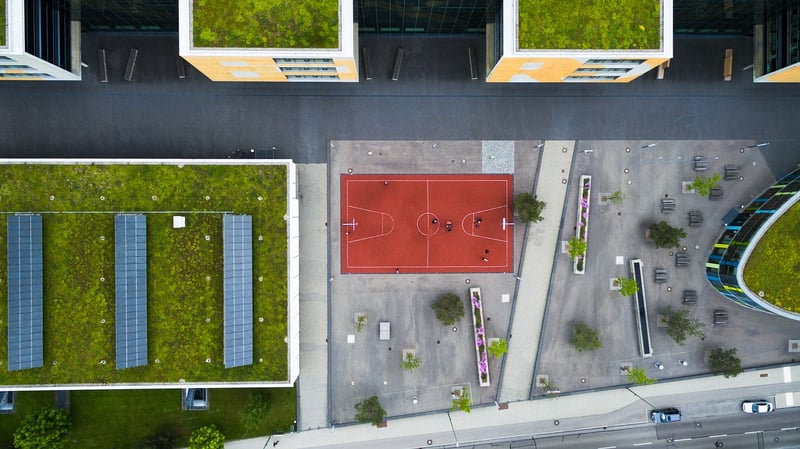Rooftop Fields
The Rise of Large-Scale Agriculture in Cities

In recent years, urban agriculture has been gaining traction as a sustainable solution to food production in cities. One innovative approach that has captured the attention of urban planners and environmentalists alike is the concept of large-scale agriculture in urban settings.
Benefits of Urban Agriculture
- Reduces food miles and carbon footprint
- Increases access to fresh produce in urban areas
- Promotes community engagement and education
- Utilizes underutilized spaces for food production
Rooftop Fields: Farming in the Sky
Rooftop fields, also known as rooftop farms, are a prime example of large-scale agriculture in cities. These innovative spaces transform barren rooftops into lush fields where various crops are grown.
Key Features of Rooftop Fields:
- Utilization of underutilized rooftop spaces
- Integration of sustainable farming practices
- Reduction of urban heat island effect
- Contribution to local food supply chains
Rooftop fields not only provide a source of fresh produce but also serve as green spaces that benefit the environment and the community. With advancements in technology and agricultural practices, rooftop farming is becoming increasingly feasible and scalable in urban areas.
The Future of Urban Agriculture
As cities grapple with issues of food security and sustainability, large-scale agriculture, including rooftop fields, offers a promising solution. By utilizing vertical space and innovative farming techniques, urban areas can enhance their food resilience and reduce their reliance on long-distance food sources.
Urban agriculture, particularly rooftop farming, represents a harmonious blend of nature and urban living, paving the way for a more sustainable and self-sufficient future.
Join the movement towards large-scale agriculture in cities and explore the endless possibilities of rooftop fields!
